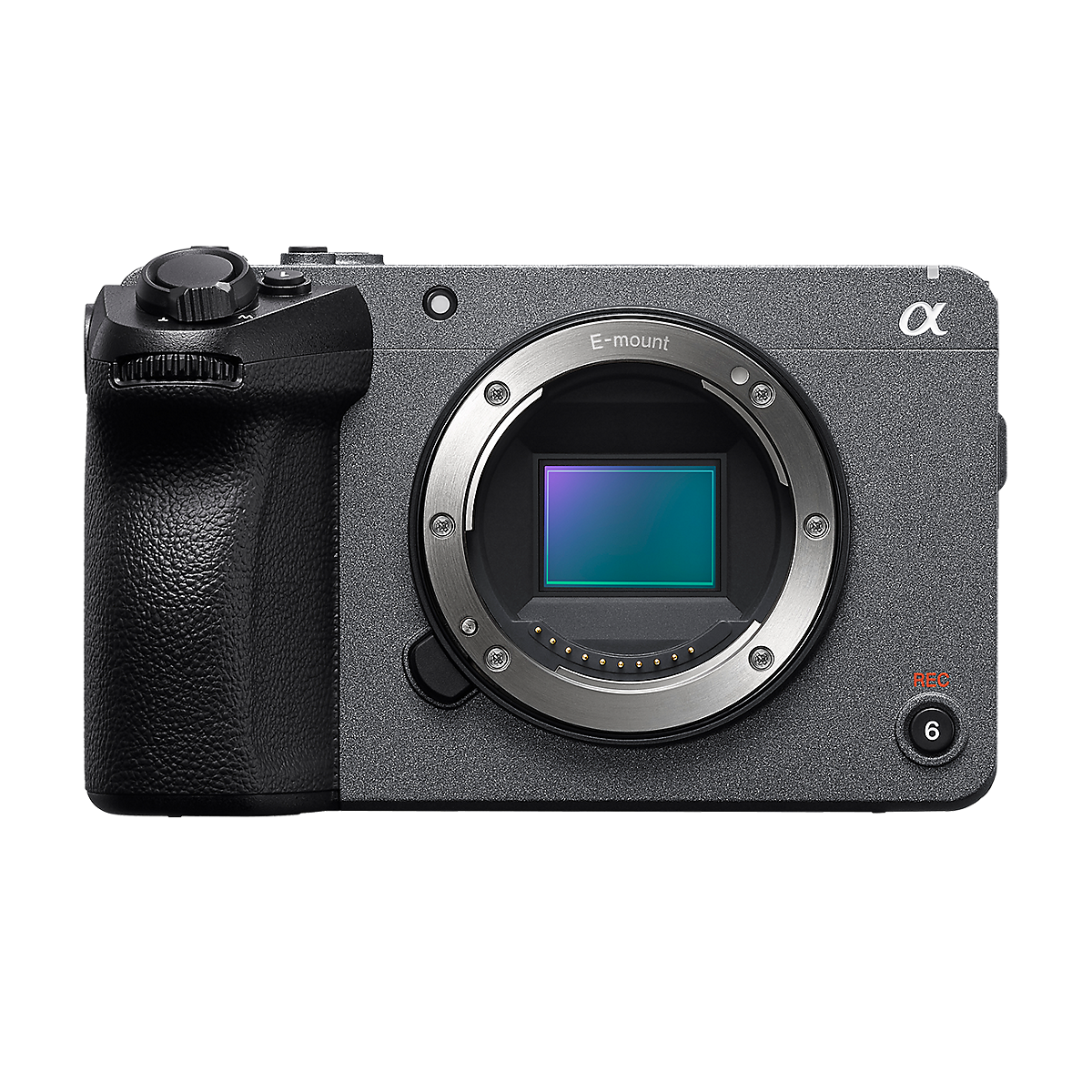Interchangeable-lens Cameras
Interchangeable-lens Cameras
ILME-FX30 Cine EI mode video transcript
Shots of two actors, then “Shooting > Image Quality > Log Shooting Setting” menu display on camera LCD screen with “Log Shooting” selection highlighted; then “Log Shooting” menu with selections “Off”, “Flexible ISO”, “Cine EI Quick” and “Cine EI”
Narration: “For S-Log3 recording, the FX30 provides the Flexible ISO mode, the Cine EI Quick mode, and the Cine EI mode.”
Caption “Flexible ISO mode for auto ISO adjustment” over shot of camera LCD screen showing subject with rectangle superimposed on eye region showing operation of Real-time Eye AF, with shutter speed and aperture fixed and highlighted; then a different scene that transitions from low lighting to a brighter environment, with ISO highlighted and changing in response to scene lighting conditions
Narration: “For general movie shooting, you might want to keep the shutter speed and aperture fixed, while adjusting ISO sensitivity for optimum exposure. Exposure adjustment is easy in the Flexible ISO mode, where ISO is automatically adjusted on the fly, to compensate for changing lighting.”
Caption “Cine EI mode uses Base ISO” over shot of “Log Shooting” menu with selection “Cine EI” highlighted; then shot of two actors and crew members on location with cameras and lights; then shot of LCD screen showing exposure index (EI) highlighted and adjusted, changing the brightness of the image; then another shot of two actors and crew members on location
Narration: “The Cine EI mode is often used in the cinema industry, when in-depth post-production will be used for cinematic expression. That makes it possible to leave ISO fixed at the camera’s base ISO for maximum quality, while adjusting the exposure index so that ideal exposure can be achieved during post-processing.”
Caption “Base ISO for maximum latitude and image quality with minimum noise” over shot of sea with reflected sunlight (sun is out of shot above); then shot moving through colourful neighbourhood
Narration: “Keeping ISO at base ISO maximises latitude and image quality, providing an ideal foundation for grading to cinematic standards.”
-
ILME-FX30B
Body Only -
ILME-FX30
Body + XLR Handle Unit




















